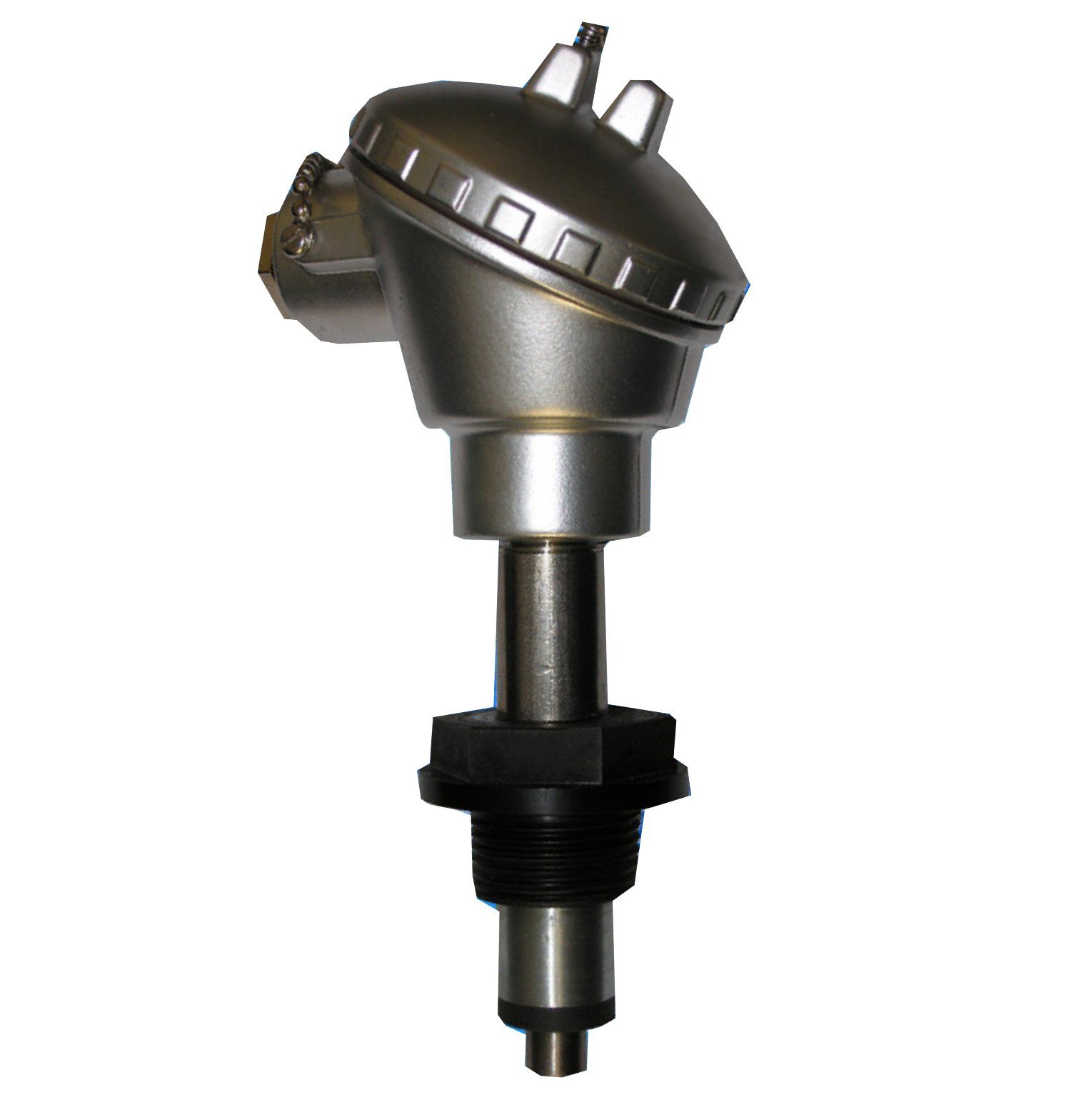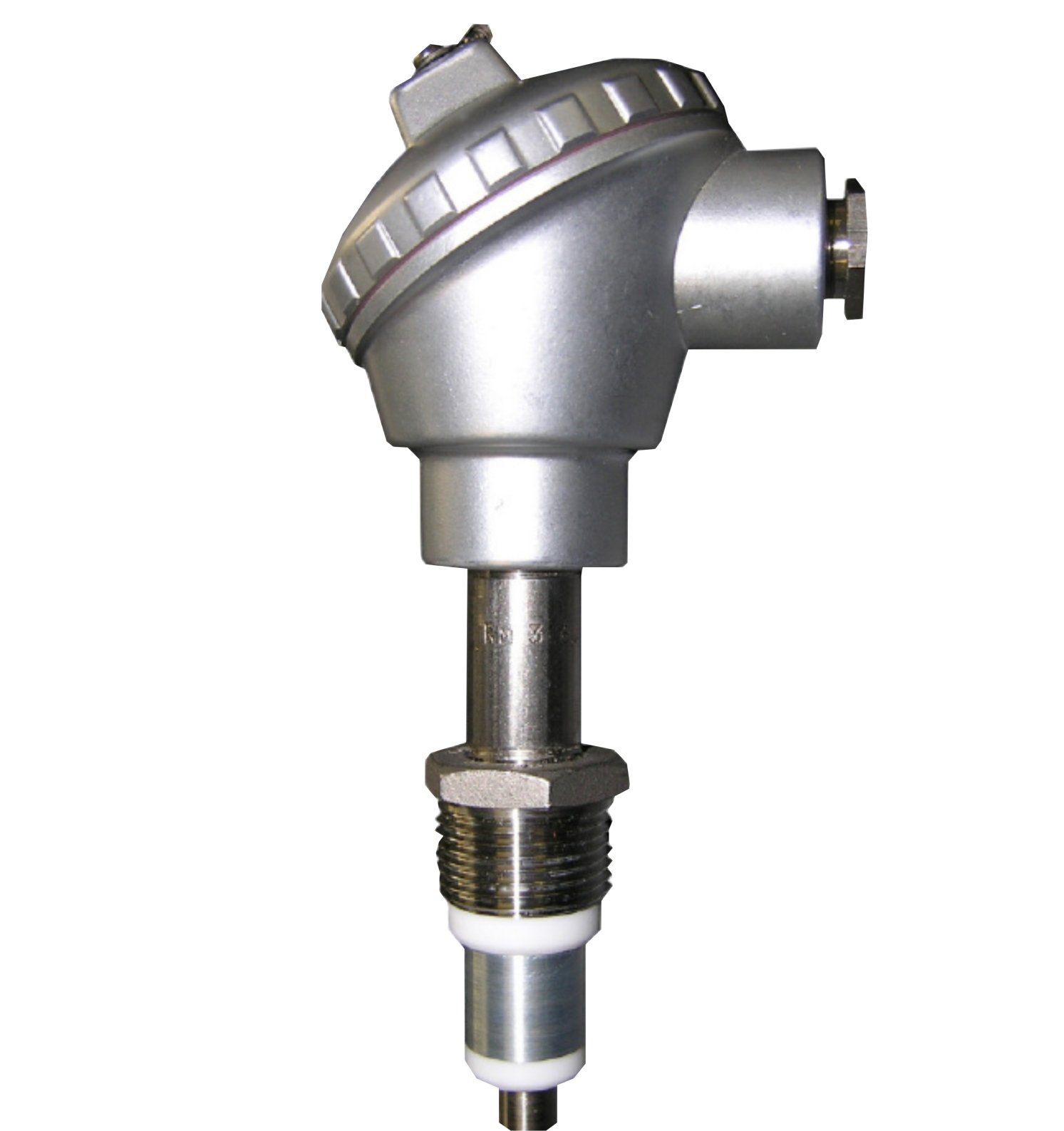BIOFILM MONITORING
ALVIM Biofilm Monitoring System
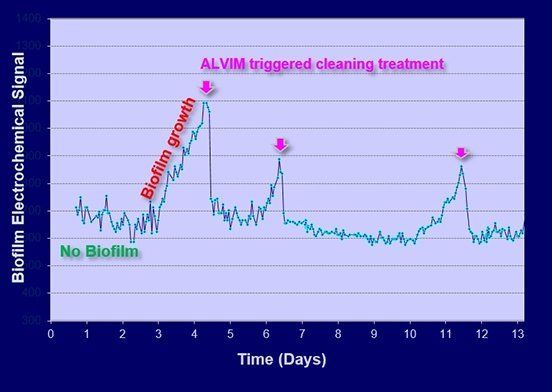
What is biofilm?
Important advantages of the ALVIM technology compared to other sensors in the market
- discriminates between biofilm and other kinds of deposit/fouling (e.g. calcium carbonate, etc.); this is extremely important, since these two different kinds of fouling requires different treatments;
- has a very high sensitivity, i.e. detects biofilm initial colonization phase; indeed, many biofilm related problems, such as Microbiologically Influenced Corrosion (MIC), start as soon as the first bacterial spots appear on a surface.
- Early-warning detection of bacterial biofilm growth by measuring the natural electrochemical activity of bacterial biofilm, indicating its real presence and extent in a given moment.
- Optimization of cleaning treatments (biocides, disinfectans, ...)
- Easy to install, easy to operate
- Virtually maintenance-free probe
- Real-time, continuous biofilm monitoring
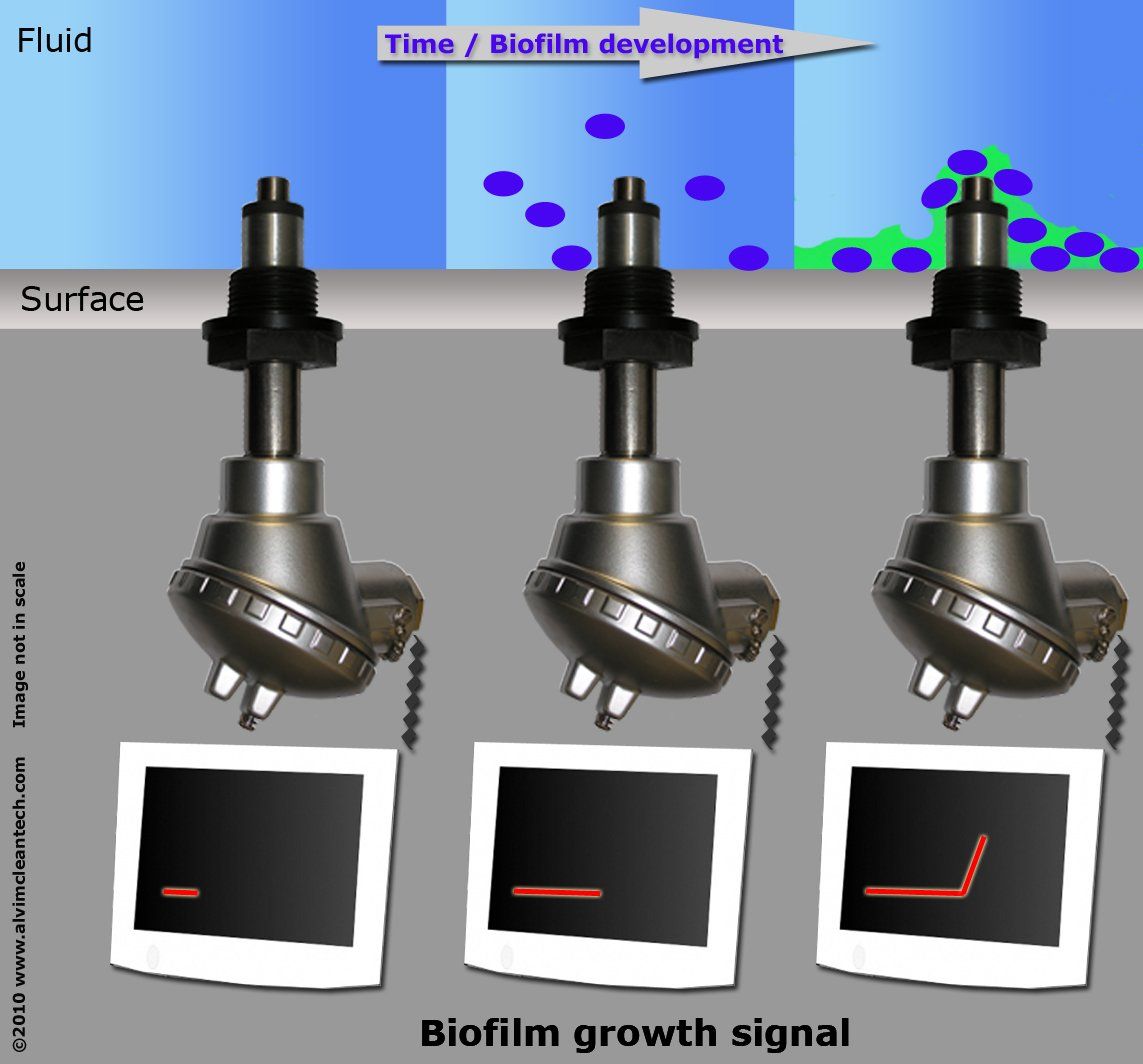
ALVIM Biofilm Sensor & Technical Datasheets
A001S3
Operating conditions:
Temperature: -10<T<+60°C (to monitor biofilm growth: +2<T<+40°C)
Oxygen: >10% of saturation (at the maximum sensitivity level)
Pressure: <10 bar
Conductivity: >10 µs/cm
A003S3
Operating conditions:
Temperature: -10<T<+120°C (to monitor biofilm growth: +2<T<+40°C)
Oxygen: >10% of saturation (at the maximum sensitivity level)
Pressure: <10 bar
Conductivity: >10 µs/cm
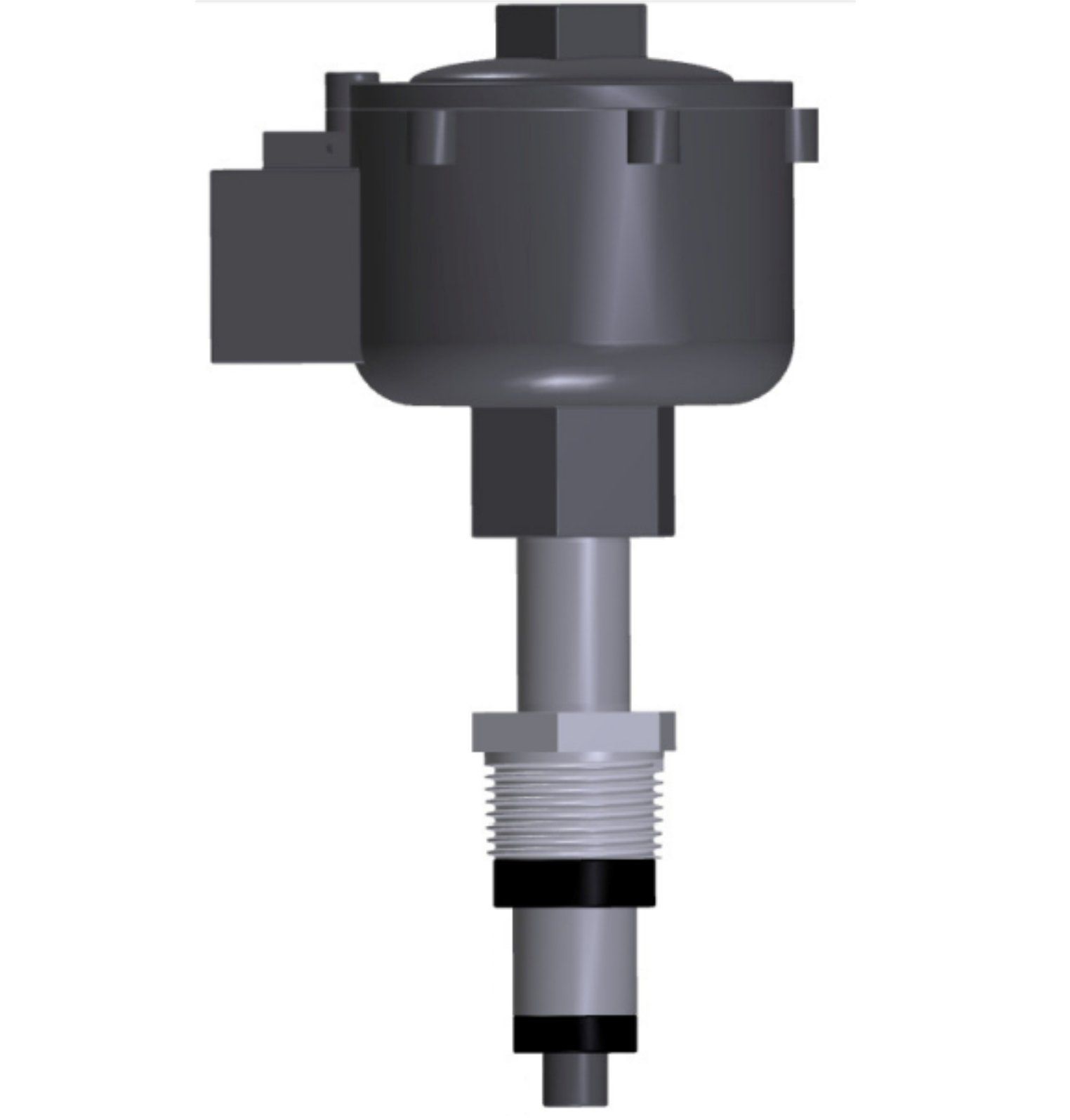
AX03S3
Operating conditions:
Temperature: -10<T<+50°C (to monitor biofilm growth: +2<T<+40°C)
Oxygen: >1ppm (at the maximum sensitivity level)
Pressure: <10 bar
Conductivity: >10 µs/cm
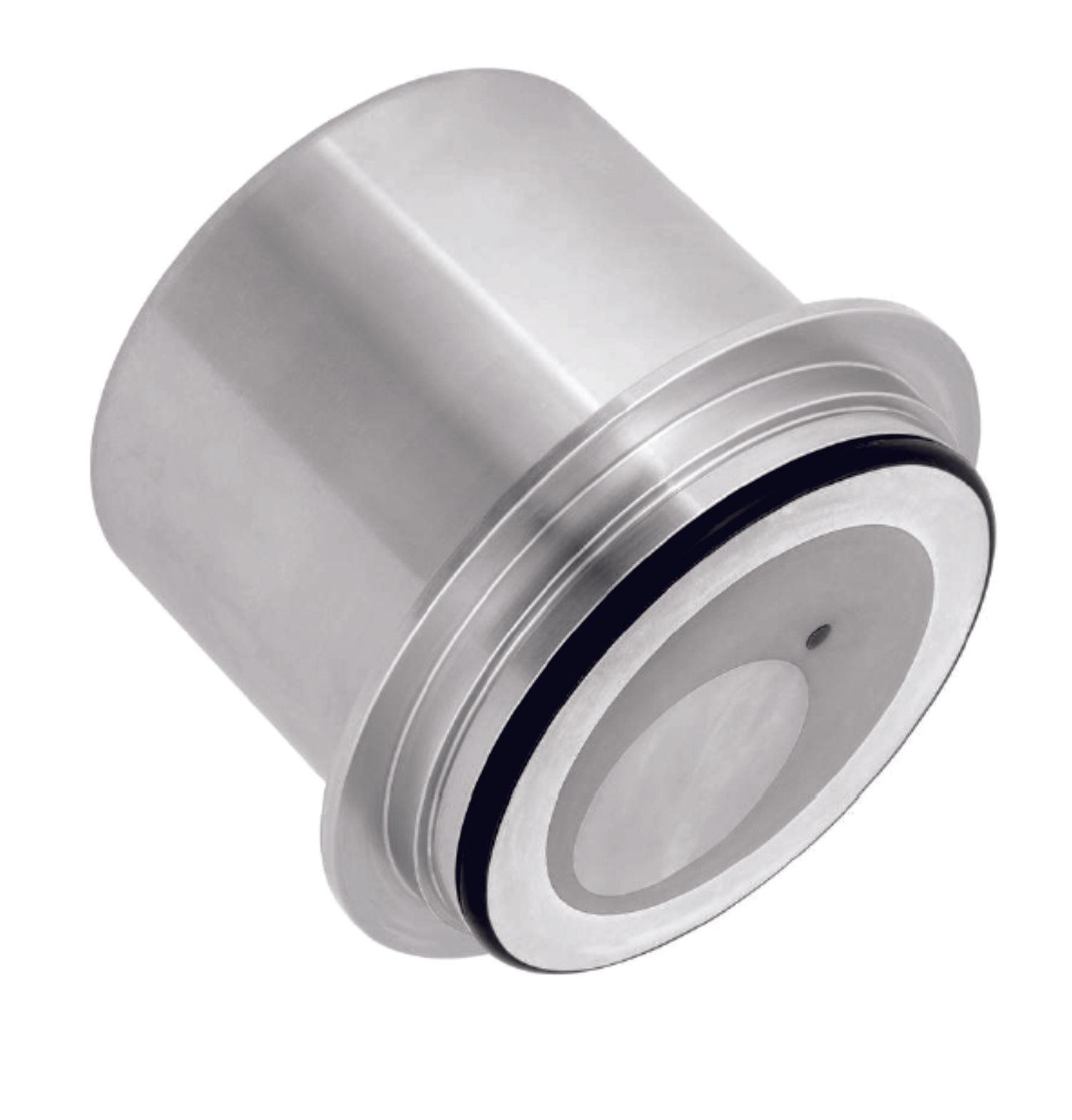
ASO1S3
Operating conditions:
Temperature: -10<T<+150°C (to monitor biofilm growth: +2<T<+40°C)
Oxygen: >1ppm
Pressure: <10 bar
Conductivity: >30 µs/cm
Data Communication Wiring: 4-20mA and RS485/MODBUS RTU

